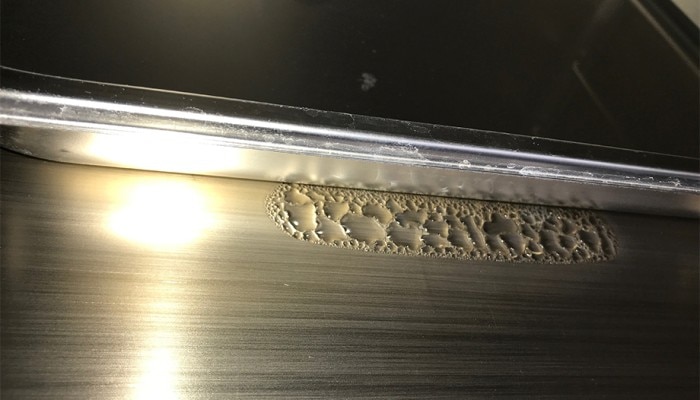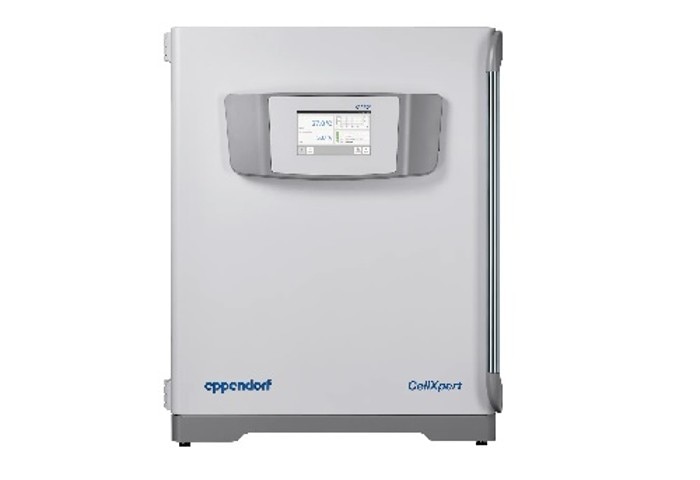MENÚ
AR | ARS
AR | ARS
-
- Pipeteo manual & dispensación
- Pipetas mecánicas
- Pipetas electrónicas
- Pipetas multicanal
- Pipetas de desplazamiento positivo y dispensadores
- Pipeteo automatizado
- Dispensadores de botella
- Controladores de pipeta
- Puntas de pipeta
- Consumibles de automatización
- Accesorios para dispensadores y pipetas
- Accesorios de automatización
- Servicios para dispensadores y pipetas
Está a punto de abandonar este sitio.
Por favor, tenga en cuenta que su carro de la compra actual no ha sido guardado todavía y no podrá ser restablecido en el nuevo sitio ni cuando regrese. Si desea guardar su carro de la compra, inicie sesión en su cuenta.
Sorry, we couldn't find anything on our website containing your search term.

Water-jacketed incubators: Can they provide a higher relative humidity?
Academia de laboratorio
- Biología celular
- Cultivo celular
- Células madre
- Rutina de laboratorio
- Reproducibilidad
- Incubadores de CO2
- Ensayo
In this article, we look at the question whether or not water-jacketed incubators can provide a higher relative humidity and the rationale behind it.
This article was published first in "Inside Cell Culture" , the monthly newsletter for cell culture professionals. Find more interesting articles about CO2 incubators on our page "FAQs and material on CO2 incubators" .
Water-jacketed incubators have been traditionally chosen by cell culture labs with high demands regarding temperature uniformity and temperature stability during power outage. In our article series, we will analyze and evaluate the advantages and limitations of this incubator heat transfer technology and compare it to direct heat and air-jacketed incubators. In our last articles, we looked at the main disadvantages of water-jacketed incubators and the question of whether they can really provide higher temperature uniformity and temperature stability during power outages.
Introduction
Water-jacketed incubators have been traditionally chosen by cell culture labs with high demands regarding temperature uniformity and temperature stability during power outage. In our article series, we will analyze and evaluate the advantages and limitations of this incubator heat transfer technology and compare it to direct heat and air-jacketed incubators. In our last articles, we looked at the main disadvantages of water-jacketed incubators and the question of whether they can really provide higher temperature uniformity and temperature stability during power outages.
Leer más
Leer menos
Can water-jacketed incubators provide a higher relative humidity?
One argument that is often brought up for water-jacketed incubators is a higher relative humidity inside. This would ensure better protection from evaporation of the medium, thus the exclusion of effects that are based on shifts in salt concentrations, accumulation of metabolic end products, etc.. The rationale behind this is the 0.1 °C higher temperature uniformity for some water-jacketed incubators compared to air-jacketed or direct heat incubators (see also article about temperature uniformity).
Theoretically, a higher temperature uniformity allows for a higher relative humidity as a temperature above the dew point at all locations can be ensured. Indeed, claims can be found that a relative humidity of 95 – 98 % is possible in water-jacketed incubators.
Let´s do the calculation and check this claim: In an incubator with a temperature uniformity of +/- 0.2 °C temperatures inside the incubator range from 36.8 to 37.2 °C at a setpoint of 37 °C. The calculated dew point (= condensation temperature) at 98 % relative humidity at the highest temperature of 37.2 °C in this incubator is 36.83 °C. As locations with the lowest temperature of 36.8 °C (= 36.75 – 36.84) may be up to 0.08 °C colder than the dew point, condensation can be expected at these locations. This is even more pronounced with a temperature uniformity of +/- 0.3 °C and 98 % relative humidity.
Theoretically, a higher temperature uniformity allows for a higher relative humidity as a temperature above the dew point at all locations can be ensured. Indeed, claims can be found that a relative humidity of 95 – 98 % is possible in water-jacketed incubators.
Let´s do the calculation and check this claim: In an incubator with a temperature uniformity of +/- 0.2 °C temperatures inside the incubator range from 36.8 to 37.2 °C at a setpoint of 37 °C. The calculated dew point (= condensation temperature) at 98 % relative humidity at the highest temperature of 37.2 °C in this incubator is 36.83 °C. As locations with the lowest temperature of 36.8 °C (= 36.75 – 36.84) may be up to 0.08 °C colder than the dew point, condensation can be expected at these locations. This is even more pronounced with a temperature uniformity of +/- 0.3 °C and 98 % relative humidity.
Leer más
Leer menos

A questionable claim: Even with a high temperature uniformity, a 98% relative humidity is likely to lead to condensation as the temperature at some locations will fall below the dew point.
In fact, the relative humidity specification that can be found in operating manuals of currently available water-jacketed incubators ranges from 90 % maximum to 95 % maximum. This specification is equal to or even lower than most air-jacketed or direct heat incubators – depending on the models compared.
Leer más
Leer menos
Leer más
Leer menos
Interested in other helpful articles related to selecting, handling, or maintaining CO2 incubators?
Leer más
Leer menos


